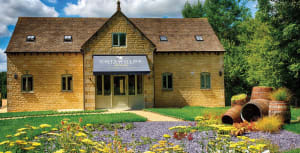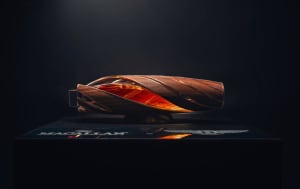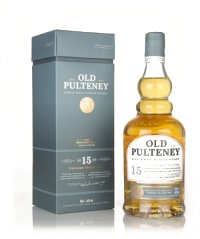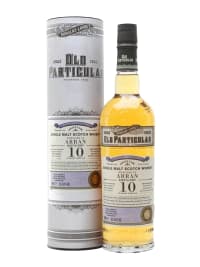In a remarkable development on July 17th, 2023, an illicit whisky production site of great rarity was unearthed at Ben Lomond, Scotland, in late June. This significant discovery was made as part of Project Pioneering Spirit, a collaboration between archaeologists from the National Trust for Scotland and The Glenlivet Distillery.
Established in 2020, Project Pioneering Spirit is an organization dedicated to the preservation of Scotland's rich heritage. As stated on its website, the organization cares for a wide range of historical sites, encompassing ancient houses, battlefields, castles, mills, gardens, coastlines, islands, mountain ranges, as well as the flora and fauna dependent on them.
The presence of the illegal whisky still came to light at a site called Coire Corrach when the property manager of Ben Lomond stumbled upon the remains of a low wall and promptly alerted the authorities, according to the Herald.
Following the initial discovery, the archaeological team commenced excavation efforts, unveiling the remnants of a building believed to be a whisky bothy, accompanied by a fire pit and an area suspected to have housed a copper pot still.
What is a Whisky Bothy?
A whisky bothy refers to an illicit whisky production facility or a makeshift distillery traditionally used for the production of illegal whisky. It is typically a small, hidden structure or building located in remote areas away from populated regions. Whisky bothies were prevalent during periods when whisky production and distribution were heavily regulated or taxed, leading to the rise of illegal distilleries. These covert operations allowed individuals to produce whisky outside the bounds of legal requirements and evade taxes or restrictions imposed by authorities. Whisky bothies were often hidden in secluded locations, making them difficult to discover by excise officers or authorities.
In addition to these architectural remnants, the head of archaeology at the National Trust for Scotland, Derek Alexander, made further intriguing finds. These included iron bars believed to have formed part of a fire grate, a fragment of lead used for patching leaky barrels, and some wooden fragments that may have once constituted barrel staves.
The preservation of any wooden artifacts is particularly rare and requires specific environmental conditions to ensure their longevity, as explained by the Museum of London Archaeology.
Commenting on the findings, Alexander remarked, "The iron bars are remarkably similar to the ones we discovered at the original Glenlivet Distillery, which we know operated during the first half of the 19th century. Based on this and other evidence, we estimate that the Ben Lomond site dates back to a similar period," as reported by The Herald.
According to the Scotch Whisky Association, whisky taxation was first introduced by the Scottish Parliament in 1644, leading to a proliferation of clandestine whisky distilleries across the country.
Alexander continued, "Thousands of illicit stills began to emerge throughout Scotland, concealed in remote locations, often near water sources, away from populated areas. We are aware that there were numerous still sites in the Loch Lomond region, and excise men would patrol the loch in a fast and nimble vessel known as a cutter. Their objective was to identify signs of activity, and upon discovery, these illicit stills were promptly dismantled."
Historically, Scots would produce whisky for personal consumption, utilizing any surplus for payment of rent or sale to generate additional income.
The passage of the Excise Act in 1823 allowed for legal whisky distillation, subject to a fee equivalent to $13 in today's currency, along with a per-gallon payment for the spirit produced.
The esteemed George Smith, founder of the Glenlivet Distillery, was among the first individuals to obtain a license for legal whisky production, as reported by The Herald. However, this decision did not sit well with his counterparts, and it was common knowledge that Smith carried two flintlock pistols as a means of personal protection.








